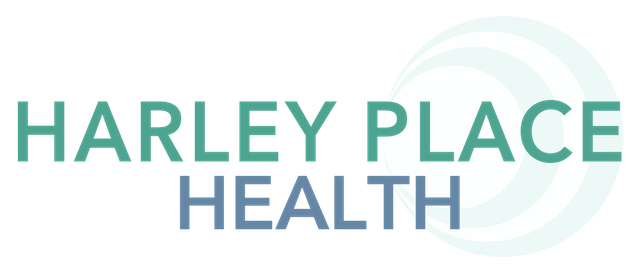
Ok this is pretty cool! A study on overweight people (who are at risk of developing diabetes), found that in an 8 1/2 hour workday, if they got up every 45 minutes and simply did 10 squats, it was better for them than if they went for a half hour walk! Sounds too good to be true but the results don’t lie. A simple health hack for you to add to your workday!
If you want to read more about the evidence these results are based on, the full study can be found here: https://onlinelibrary.wiley.com/doi/10.1111/sms.14628
Abstract
The efficacy of interrupting prolonged sitting may be influenced by muscle activity patterns. This study examined the effects of interrupting prolonged sitting time with different muscle activity patterns on continuously monitored postprandial glycemic response. Eighteen overweight and obese men (21.0 ± 1.2 years; 28.8 ± 2.2 kg/m2) participated in this randomized four-arm crossover study, including uninterrupted sitting for 8.5 h (SIT) and interruptions in sitting with matched energy expenditure and duration but varying muscle activity: 30-min walking at 4 km/h (ONE), sitting with 3-min walking at 4 km/h (WALK) or squatting (SQUAT) every 45 min for 10 times. Net incremental area under the curve (netiAUC) for glucose was compared between conditions. Quadriceps, hamstring, and gluteal muscles electromyogram (EMG) patterns including averaged muscle EMG amplitude (aEMG) and EMG activity duration were used to predict the effects on glucose netiAUC. Compared with SIT (10.2 mmol/L/h [95%CI 6.3 to 11.7]), glucose netiAUC was lower during sitting interrupted with any countermeasure (ONE 9.2 mmol/L/h [8.0 to 10.4], WALK 7.9 mmol/L/h [6.4 to 9.3], and SQUAT 7.9 mmol/L/h [6.4 to 9.3], all p < 0.05). Furthermore, WALK and SQUAT resulted in a lower glucose netiAUC compared with ONE (both p < 0.05). Only increased aEMG in quadriceps (−0.383 mmol/L/h [−0.581 to −0.184], p < 0.001) and gluteal muscles (−0.322 mmol/L/h [−0.593 to −0.051], p = 0.022) was associated with a reduction in postprandial glycemic response. Collectively, short, frequent walking or squatting breaks effectively enhance glycemic control in overweight and obese men compared to a single bout of walking within prolonged sitting. These superior benefits seem to be associated with increased muscle activity intensity in the targeted muscle groups during frequent transitions from sitting to activity.




